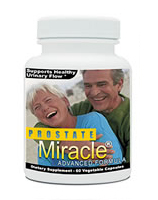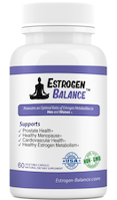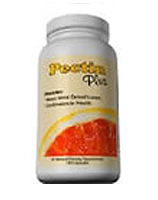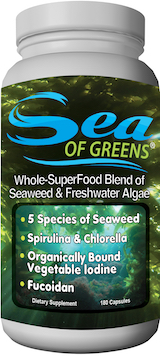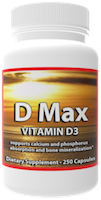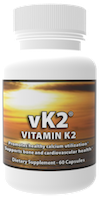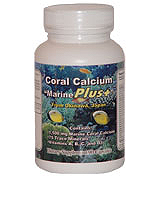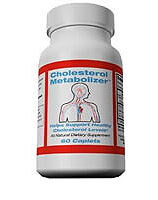Spirulina
Spirulina (Arthrospira platensis) is a simple, one-celled, blue-green algae, that belongs to the cyanobacteria family of bacteria. It gets it's name from the Latin word for "helix" or "spira", because of its spring-like physical characteristic.
There are two species of spirulina . . . Arthrospira platensis and Arthrospira maxima, both of which are consumable by humans and other animals. Spirulina is cultivated worldwide; used as a dietary supplement as well as a whole food; and is available in tablet, flake and powder form. It is also used as a feed supplement in the aquaculture, aquarium and poultry industries.
Spirulina occur naturally in tropical and subtropical lakes with high pH and high concentrations of carbonate and bicarbonate. Most cultivated spirulina is produced in open channel raceway ponds, with paddle-wheels used to agitate the water. The largest commercial producers of spirulina are located in the United States, Thailand, India, Taiwan, China, Bangladesh, Pakistan, Burma (a.k.a. Myanmar), Greece and Chile.
Dried spirulina contains about 60% protein. It is a complete protein containing all essential amino acids, though with reduced amounts of methionine, cysteine and lysine when compared to the proteins of meat, eggs and milk. It is, however, superior to typical plant protein, such as that from legumes.
Spirulina's lipid content is about 7% by weight, and is rich in gamma-linolenic acid (GLA), and also provides alpha-linolenic acid (ALA), linoleic acid (LA), stearidonic acid (SDA), eicosapentaenoic acid (EPA), docosahexaenoic acid (DHA) and arachidonic acid (AA). Spirulina contains vitamins B1 (thiamine), B2 (riboflavin), B3 (nicotinamide), B6 (pyridoxine), B9 (folic acid), vitamin C, vitamin A and vitamin E. It is also a source of potassium, calcium, chromium, copper, iron, magnesium, manganese, phosphorus, selenium, sodium and zinc. Spirulina contains many pigments which may be beneficial and bioavailable, including beta-carotene, zeaxanthin, chlorophyll-a, xanthophyll, echinenone, myxoxanthophyll, canthaxanthin, diatoxanthin, 3'-hydroxyechinenone, beta-cryptoxanthin and oscillaxanthin, plus the phycobiliproteins c-phycocyanin and allophycocyanin.
